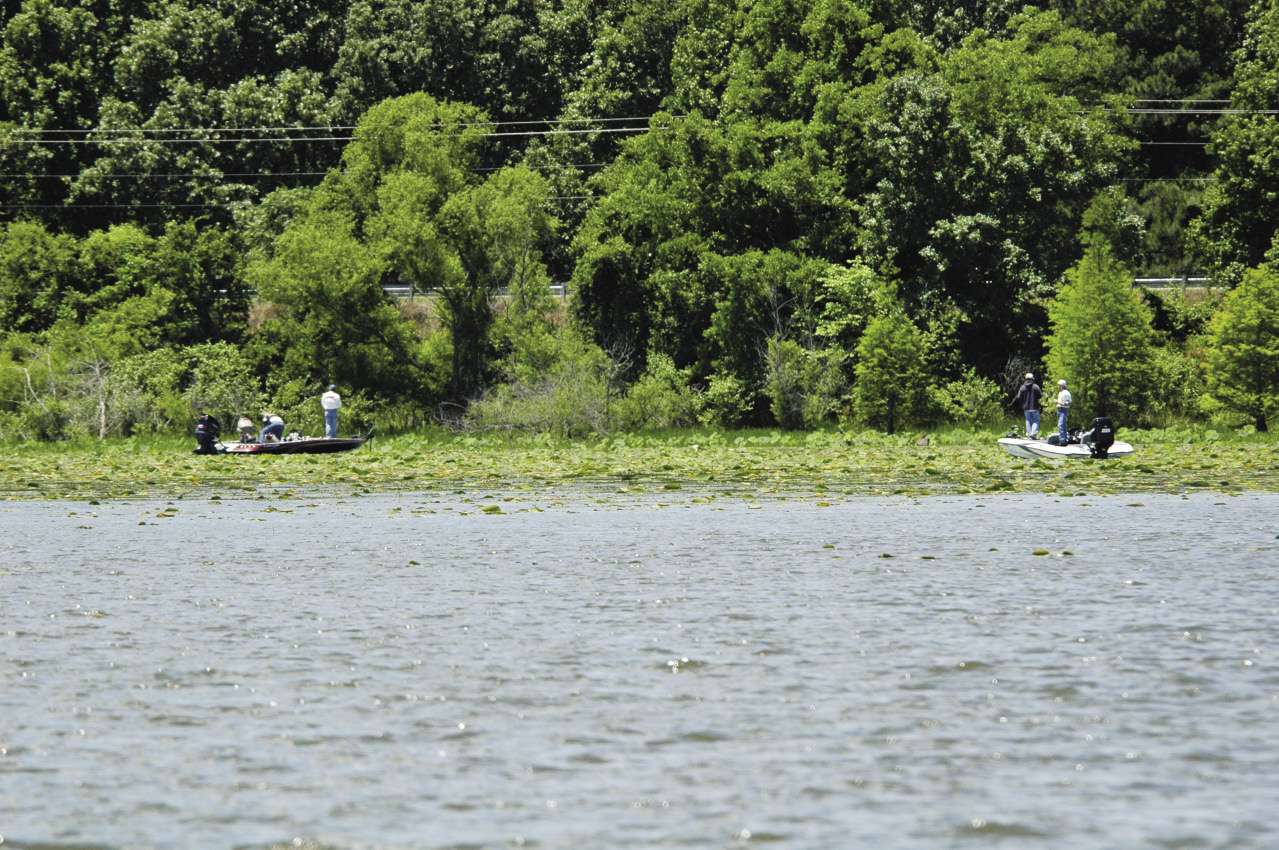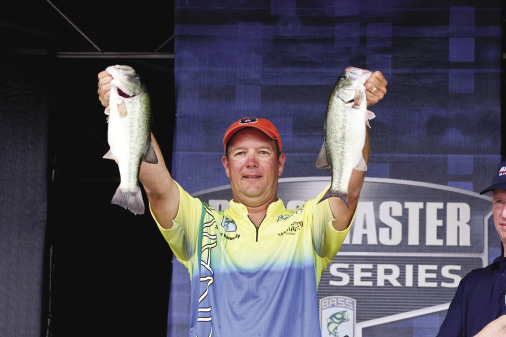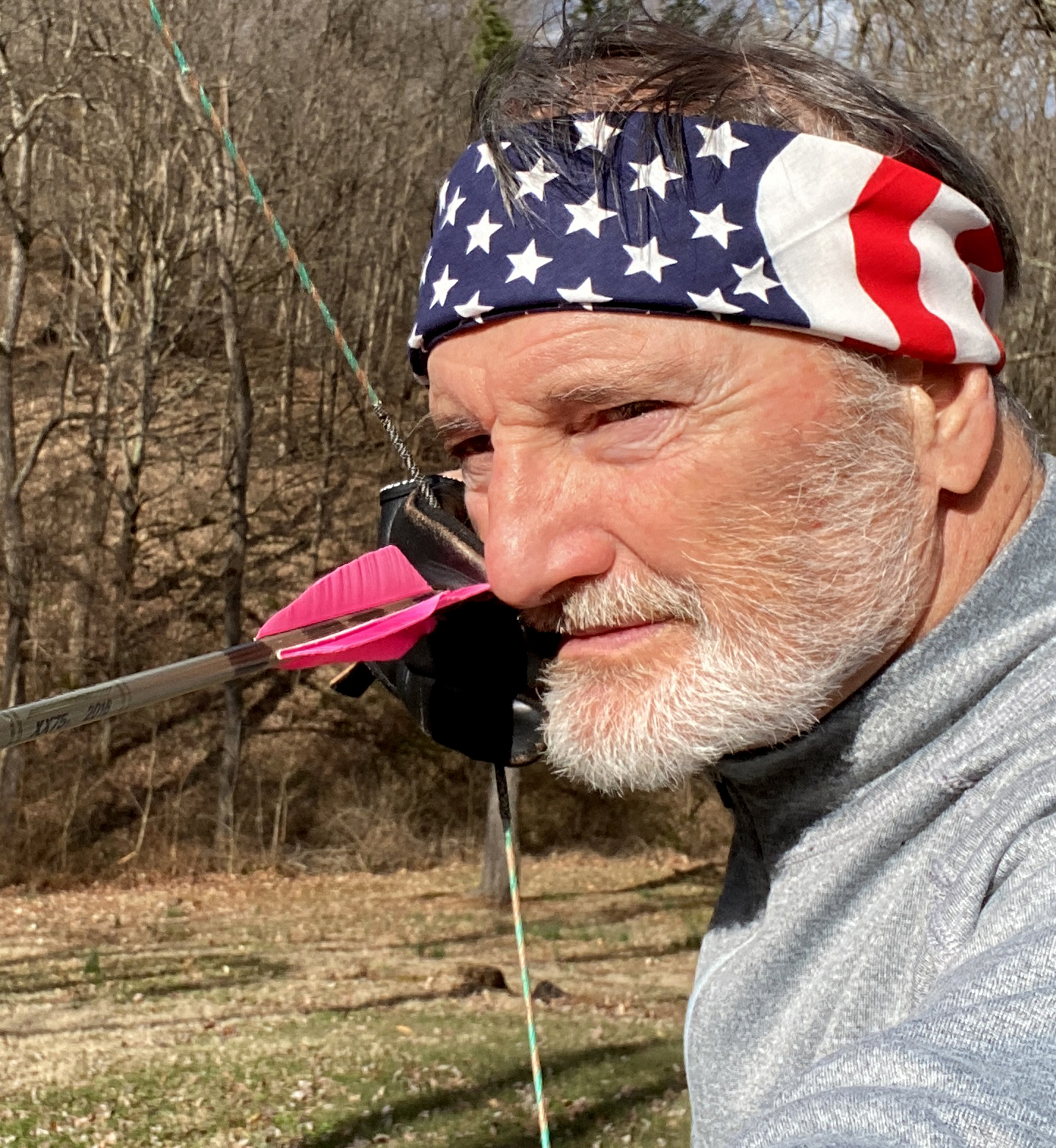
In the early years of the Bass Anglers Sportsman Society (B.A.S.S.), Lake Eufaula was the “Bass Fishing Capital of the World.” It was here that Freshwater Fishing Hall of Fame inductee Tom Mann invented the Mann’s Little George tailspinner and the Jelly Worm.
In 1968, the year B.A.S.S. was founded by Ray Scott, John Powell won the first B.A.S.S. tournament ever held here, the Eufaula National. There has never been a Bassmaster Elite Series event at Eufaula, but it has hosted 16 B.A.S.S. tournaments and is the sixth most-visited venue in B.A.S.S. history.
Alabama and Georgia share this storied 45,181-acre Chattahoochee River reservoir. Electrofishing samples in 2012 revealed that Eufaula’s largemouth are bigger and healthier than they were the year before. This is likely due to an increase in the threadfin shad population.
Heavy rainfall this spring bodes well for shallow fishing. Eufaula has been below normal pool for nearly two years. The low water decimated the lake’s aquatic vegetation, but it allowed new plant growth on the exposed bottom near shorelines and islands. A rising lake level has flooded this growth, and the bass have swarmed into it.
The spawn is nearly over at Eufaula. However, it isn’t too late to take advantage of this shallow fishing opportunity, points out Elite Series pro Steve Kennedy of Alabama.
Morning Grass Bite
“Eufaula’s bass are in the early postspawn phase the first part of May,” Kennedy says. “There will still be plenty of them in the flooded hay grass that grew up when the lake was down.”
Grass near or on the main lake should be more productive, especially grass in which shad are spawning early in the morning. Other key shad-spawning areas are the rocky banks along Eufaula’s two bridge causeways.
“The hay grass comes up to the top and lays over,” Kennedy points out. “You can have a big time running a buzzbait over it.”
Kennedy rouses explosive daybreak strikes with a homemade 1/2-ounce buzzbait sporting a large blade and a chartreuse-and-white skirt. He slings the buzzbait with a 7 1/2-foot heavy action Kistler baitcasting rod and 20-pound fluorocarbon line.
Kennedy wields the same rod to retrieve 6-inch swimbaits through lanes in the grass and along grass edges and points. He is known for his ability to hammer heavyweight largemouth with a big swimbait.
A 1/2-ounce chartreuse spinnerbait with a single No. 4 gold willowleaf blade also dupes bass for Kennedy while the shad are spawning.
“I cast the spinnerbait right on top of the grass,” Kennedy says. “Then I drag it over the grass and let it drop off the edge.”
A white swimming jig and a ChatterBait are also part of Kennedy’s arsenal during the brief shad spawning session. But, when the sun gets up and the shad quit spawning, Kennedy slows down and switches gears.
This is when he probes the edge of the grass with a 5-inch green pumpkin Kinami Flash sinking worm. Kennedy Texas rigs it with a 5/0 Gamakatsu hook and fishes it slowly with a 6-foot spinning rod and 10-pound monofilament.
Midday Ledge Fishing
 Fishing Eufaula’s shallow grass in the morning can produce a five-bass tournament limit that will weigh 15 to 17 pounds, Kennedy claims. For bigger bass, he heads for deeper water well before noon.
Fishing Eufaula’s shallow grass in the morning can produce a five-bass tournament limit that will weigh 15 to 17 pounds, Kennedy claims. For bigger bass, he heads for deeper water well before noon.
Because of the loss of hydrilla in recent years, Eufaula’s ledges are no longer covered with this grass. Traditional ledge fishing for schools of bass, which was strong before the hydrilla took hold, is coming back.
In May, most of the postspawners have yet to move out to main-lake river ledges, Kennedy points out. Instead, they are cruising ledges in creeks as they vacate their spawning grounds.
“They’re a lot harder to find on that in-between stuff,” Kennedy says. “You have to keep moving and crank creek channels, points and cuts 6 to 15 feet deep.”
A Bomber No. 7 Fat Free Shad in the citrus color is a big player for Kennedy when he searches for ledge fish at Eufaula in this depth range. He also recommends a Poe’s 300.
After Kennedy finds a school of bass and picks off the aggressive fish with a crankbait, he switches to a Carolina rig matched with a Kinami Flash or a 10-inch worm. He drags the rig slowly through the school to coax bites from less active bass.
Of Note
- The Alabama Division of Wildlife and Freshwater Fisheries Division urges fishermen to harvest largemouth bass between 14 and 18 inches and spotted bass under 18 inches at Lake Eufaula. This will thin the population and promote better quality bass for future fishermen.
- If you enjoy catching spotted bass, you’ll be glad that 1- to 2-pounders are more abundant in the main river sections of Eufaula. Although Eufaula’s largemouth have a minimum length limit of 14 inches, there are no size restrictions on the spotted bass here.
Before You Go
Before you visit Lake Eufaula or any Alabama reservoir, visit AlabamaBassTrail.org. You’ll find information about fishing locations and patterns, local guides and where to stay.





